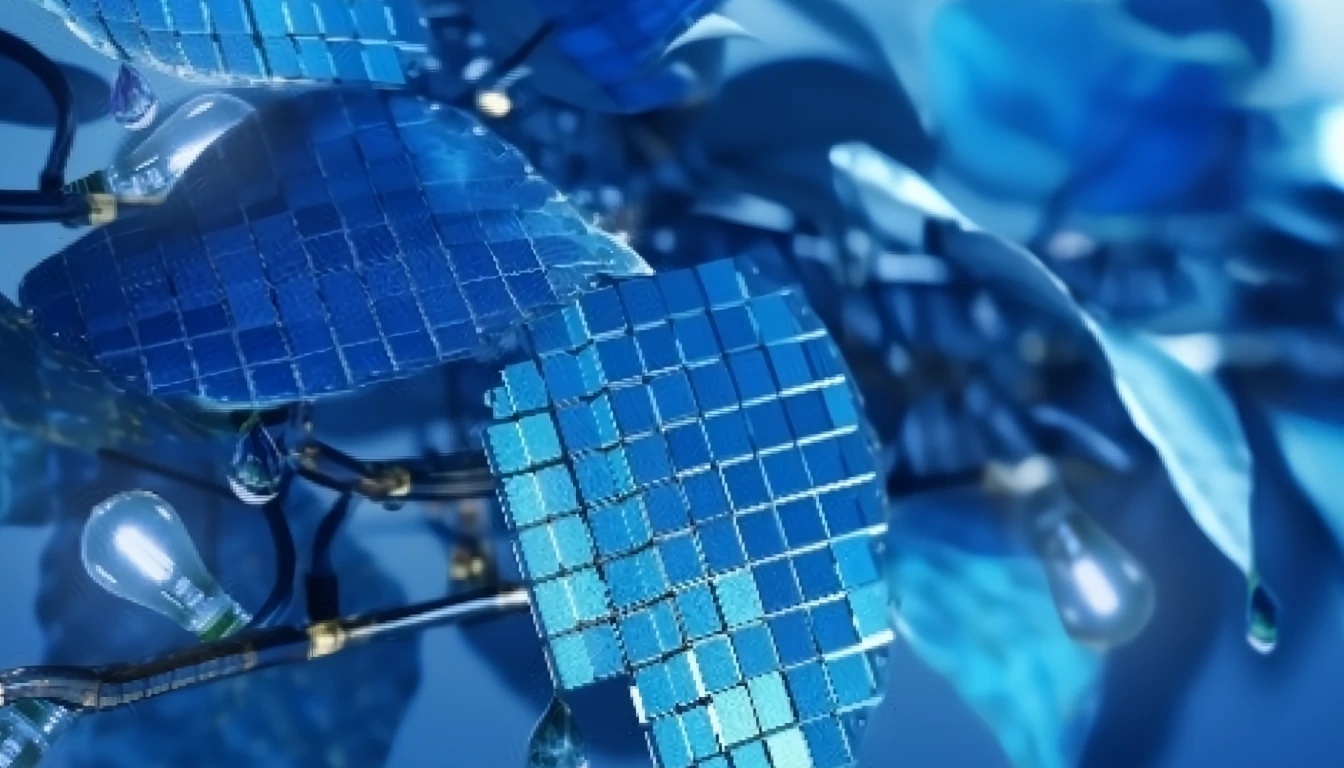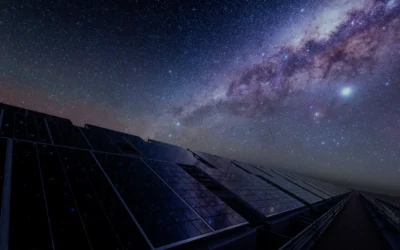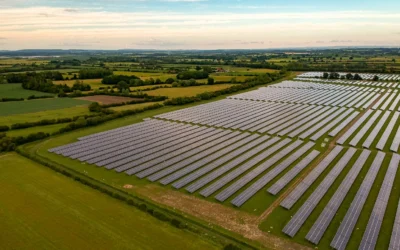Imperial College London researchers introduce a groundbreaking photovoltaic leaf design that mimics nature, promising improved efficiency and addressing water scarcity.
Researchers at Imperial College London have made significant strides in solar energy technology by introducing an innovative photovoltaic leaf (PV-leaf) design that mimics the natural energy-capturing techniques of plant leaves. This advancement represents a substantial leap in the quest for more efficient renewable energy sources, potentially revolutionising the solar energy landscape.
The PV-leaf’s design seeks to address the inefficiency associated with traditional solar panels, which can lose as much as 70% of captured solar energy as heat. Unlike conventional systems that rely on complex machinery, the PV-leaf is constructed from inexpensive materials and operates without pumps or fans, making it both cost-effective and efficient. This new technology, if adopted on a large scale, has the potential to generate over 40 billion cubic metres of freshwater annually, presenting a dual solution to both energy and water scarcity challenges.
In addition to the innovative PV-leaf, scientists are exploring the underlying physics that enable plants to distribute and store solar energy with remarkable efficiency. Recent discoveries have highlighted the role of quantum mechanics in this process, revealing that plants operate on a principle known as superposition, where energy is distributed across various states of chlorophyll molecules. This quantum-based approach allows plants to maximise energy transfer with minimal loss, a focal point for researchers striving to replicate this efficiency in artificial systems.
While theoretical advancements in bio-inspired technologies offer hope for enhanced energy output, the notion of generating infinite energy remains unfeasible under current scientific principles. Fundamental to this understanding is the Law of Conservation of Energy, which asserts that energy cannot be created or destroyed. As it stands, all energy systems—including bio-inspired technologies—are bound to the constraints of available energy sources.
Despite ongoing advancements in power generation technologies like nuclear fusion, which also faces limitations, the dream of limitless power continues to evade scientists. Factors such as resistance, friction, and entropy contribute to the inherent inefficiencies present in all energy systems.
Looking forward, researchers remain committed to harnessing nature’s efficiencies, with the goal of translating intricate biological processes into practical energy solutions for urban and industrial applications. Innovations in quantum-based energy transport systems and artificial photosynthesis are being actively pursued in an effort to bridge the gap between natural efficiency and human-made energy technologies.
Through meticulous study and advanced spectroscopic techniques, scientists have documented the rapid passage of energy through chlorophyll molecules, occurring in as little as 100 femtoseconds. However, replicating such processes at a macro scale poses considerable challenges. While breakthroughs in energy technologies are promising, the pursuit of absolute efficiency akin to nature remains an elusive goal. Despite these hurdles, the continuous research and development in this field aims to push the boundaries of energy efficiency and production, potentially paving the way for a cleaner and more sustainable energy future.




